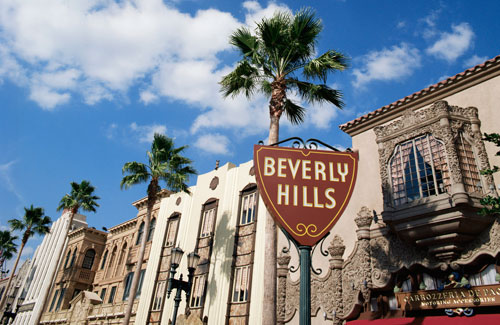
So there we were, Burt Harris and I, in Beverly Hills in his little Harriscope office above the lingerie shop on North Beverly Drive looking for something to help pay the rent. Burt’s wrestling films, Christie Comedies and Jalopy Races, were turned over to George Johnson, our horse-playing distributor. It was late in the year 1959. I was out of a job. Toni’s NBC series had bombed, as had my restaurant-franchising exploit. My brother and I had written off our failed discount store adventure as a valuable learning experience.

My father-in-law Harry Nagin, a wonderful man, asked me to take over his wholesale Matzoh business. A tough decision, but I had tasted the bright lights. I had hob-nobbed with showbiz royalty. How could I spend the rest of my life selling Maneshevitz Matzohs?
“It may be matzohs to you,” said my father-in-law, “but to me it’s bread and butter.” … classic Harry Nagin.

Burt and I made a big decision one day over lunch at Nate & Al’s, our local deli. Radio and Television was the world’s hottest business and that’s where we belonged.
Abbott London, a college buddy of Burt’s, found a way to squeeze a little 250 watt day time only AM radio station into Pomona. He called it KKAR and offered Burt a partnership.
“Why not?” figured Burt. Abbott knew his stuff, having managed a station in Montana.
Just about the same time as the Pomona radio opportunity came along a friend of Don Nathanson’s from Chicago sent us a copy of a little magazine called “FM Guide” put out by a Chicago classical music FM station. The magazine carried a schedule of its programming, which enabled its classical music lovers to plan their listening in advance. The magazine was sold on a subscription basis and also contained paid advertising. He felt it might work in Los Angeles.
Not long after, Burt was approached by a relative who held a license to build a little 1000 watt FM radio station in Long Beach with the call letters KLFM. He offered to sell the license to us for slightly more than George Johnson paid Burt for his film business.
So with another “Why not” we decided to become FM broadcasters. Burt and I figured that what with all the engineering and construction involved, it would take at least a year to get our new radio station on the air. Under the circumstances, the FM magazine venture seemed like a pretty good idea and a perfect way to wet our feet in the broadcasting business.
THE FM MAGAZINE BIZ
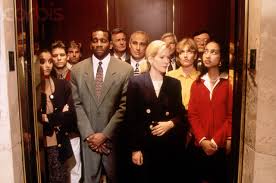
The greater Los Angeles area had about thirty FM stations at the time, and though most played what might be called “no-fi” or “elevator music”, three of them featured classical music and two others exclusively jazz.
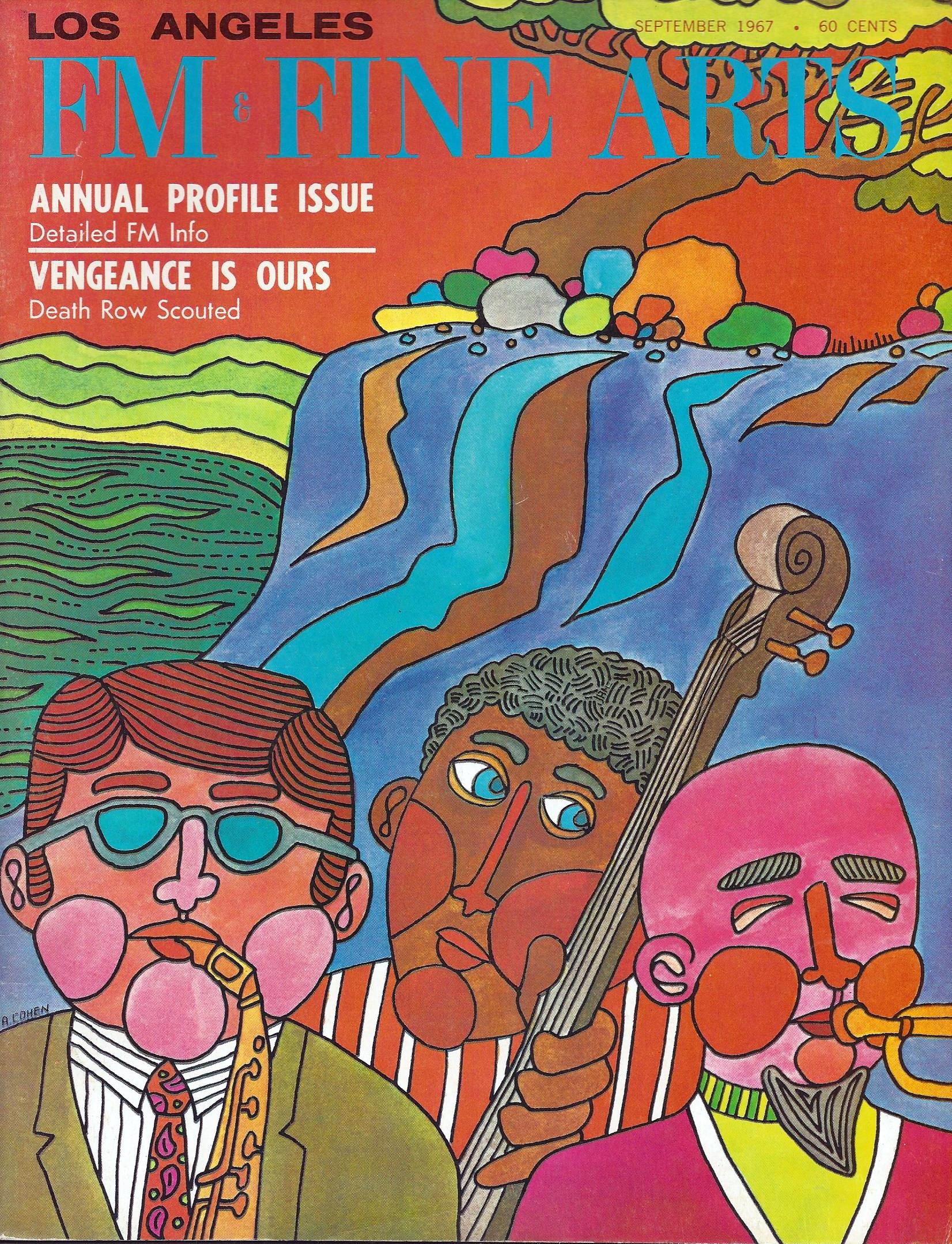
Of the three classical music FM stations, one was operated by a family from Beverly Hills, another by a friend who owned movie theaters and the third by an established AM station, which also had an FM license and duplicated its classical schedule on both.
The jazz stations were new in the area and quite anxious to build up their jazz listenership.
Convincing these five stations to plan their programming as much as six weeks in advance to accommodate our monthly magazine’s production schedule took some doing, but once one or two agreed, the others reluctantly came along. As for the rest of the FM stations in town, they gave us whatever they could. Their programming varied, but they ran our subscription ads and were happy to be included. They were all pioneers in an industry that was struggling but would later explode with the advent of FM stereo.
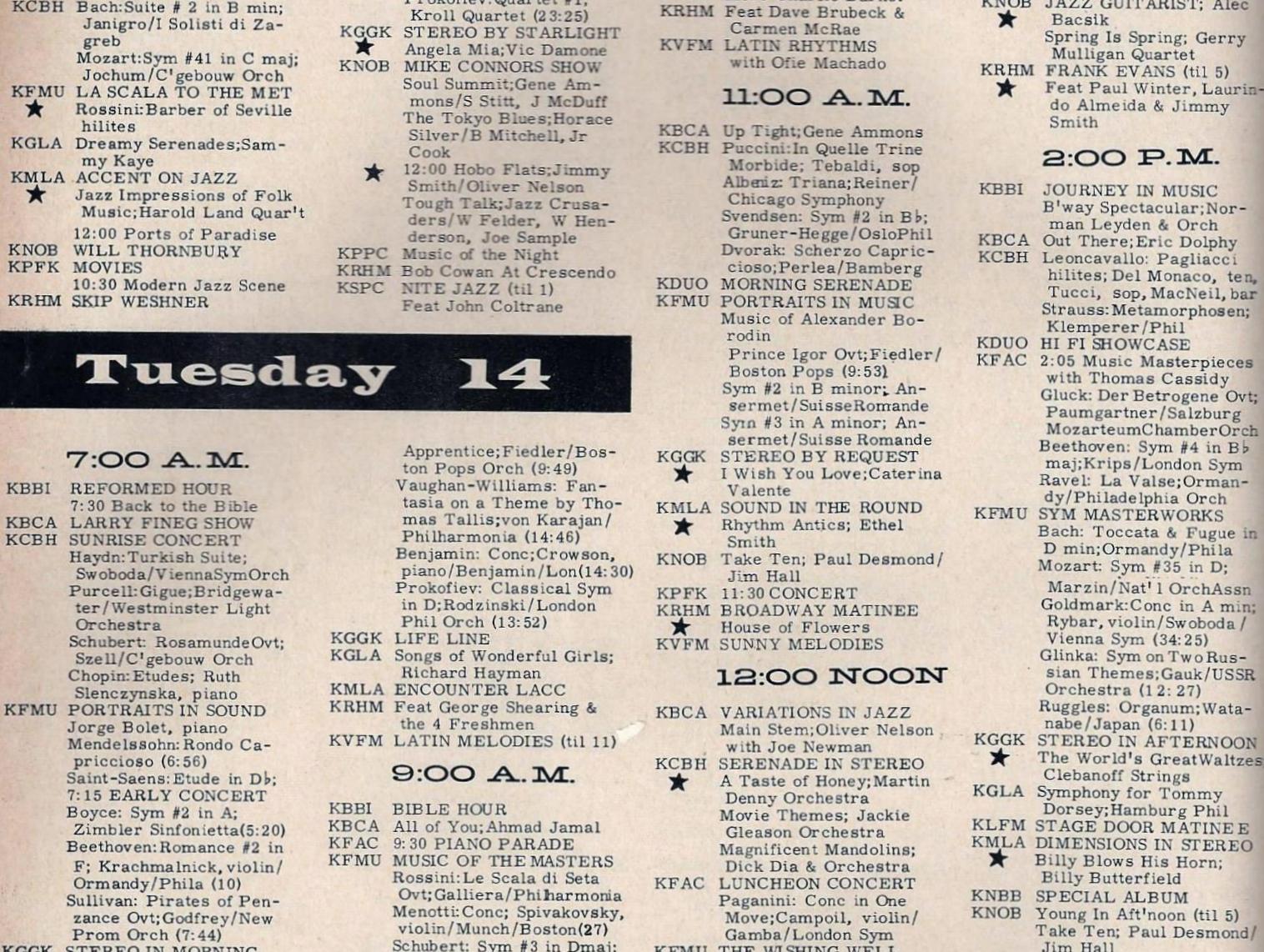
With the FM listings as a foundation we expanded our format to include what we dubbed our Fine Arts schedule, which initially was geared to the culturally oriented, but inevitably included everything that was going on in town. It was sort of a predecessor to the weekly Los Angeles Times Calendar section.
The first year, our magazine was printed in a 6×9 inch format with limited editorial and very little advertising. It was sold by subscription only. Nevertheless, we were slowly developing a following, thanks to the exposure we were getting gratis from the radio stations.
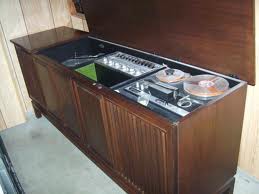
Our timing was great. Hi Fidelity and stereo were becoming the rage. People were buying fancy equipment including tape players and recorders. Hobbyists began building their own collections by taping off the air. FM and Fine Arts gave them an opportunity to plan their recording in advance.
Soon our magazine’s popularity among music lovers and stereo hobbyists came to the attention of record companies and Hi-Fi equipment manufacturers. With the encouragement of local dealers they discovered that advertising in our magazine was the most efficient way to reach their potential customer.
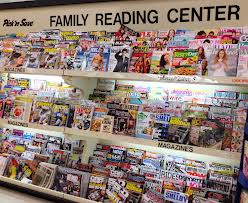
The next step was to put our magazine out where the public could find and buy it at their convenience. At the time, there were two big magazine distributors in Southern California serving over 500 newsstands.
Suddenly, like overnight, we had become a presence. We looked at the profile of our readers. Our magazine was reaching an upper middle to upper class demographic household. What’s more, unlike the daily newspapers and general purpose magazines which had a useful life of a day or a week at most, FM and Fine Arts spent a month on the coffee tables of our readers, many of whom consulted the magazine daily.
With our broadened image and newsstand presence we expanded to a full-color standard magazine format and brought in Barbara Gilbert, a very talented artist, as Art Director. Barbara’s cover art gave the magazine the identity we were seeking.
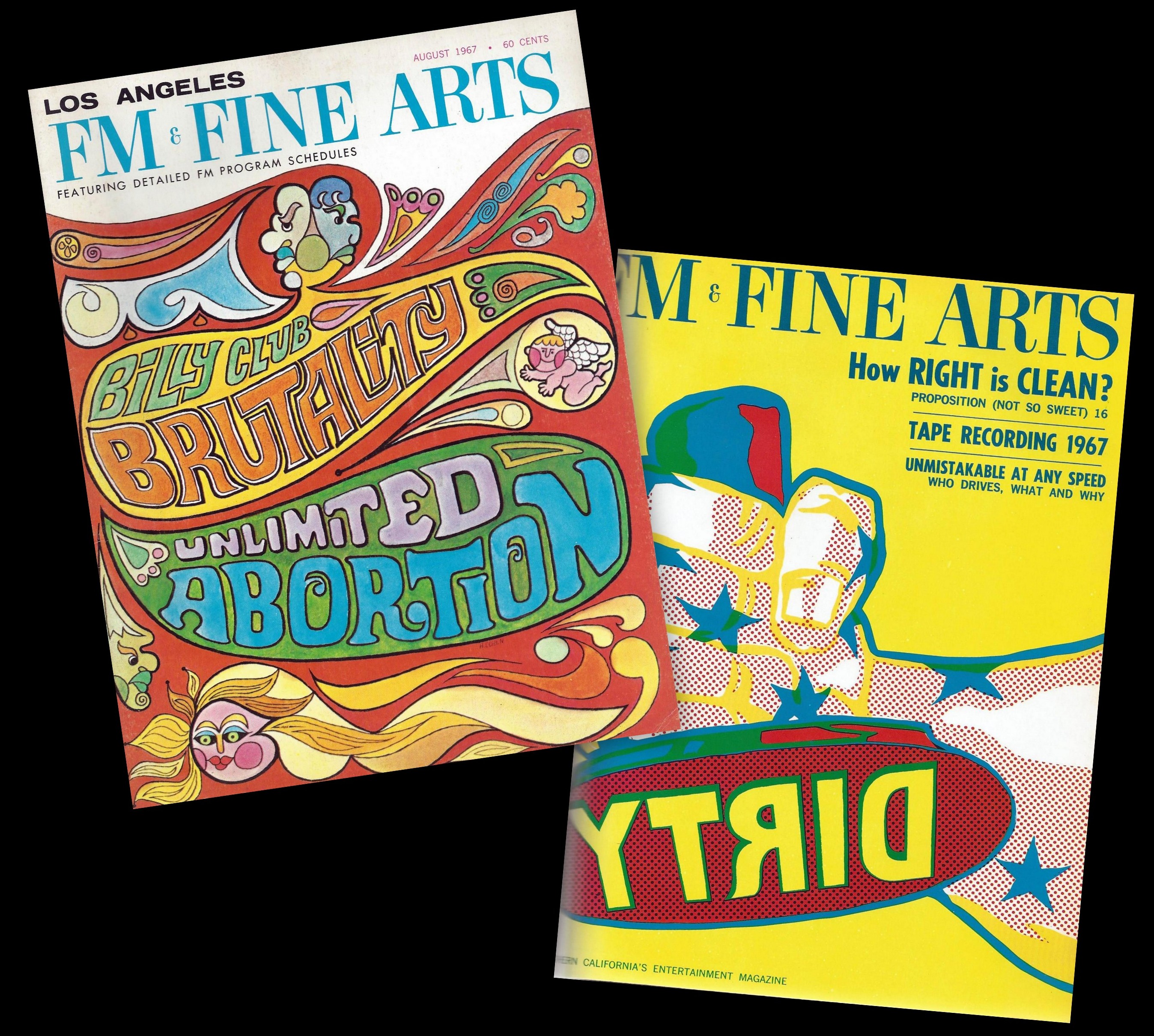
Not only were our salesmen continuing to call on music industry manufacturers and their retailers, but soon on other local, national and regional advertisers interested in reaching our up-scale families.
Now, for appearance purposes, if we wanted to be perceived as something other than a music and arts magazine catering to “culture vultures” we had to broaden our editorial content to include articles dealing with important issues of the times, sometimes bordering on the controversial. I even wrote a couple articles myself under assumed names.

These stories often supported such liberal causes as a woman’s right to choose, i.e. unlimited abortion. We advocated elimination of the death penalty and fair treatment for immigrant farm workers. We condemned local Los Angeles police brutality, and of course challenged our nation’s involvement in the Vietnam War.

We carried an article condemning the Los Angeles Water and Power Company for its “Rape” of the Owens Valley, in which we named names. It was not well received by local politicians and of course the public utilities establishment. Our position was later validated by the 1974 release of the John Huston movie, Chinatown, starring Jack Nicholson, which further sullied the DWP’s already negative image.

In the June 1967 issue we tended to stray even further away from the arts scene with a story titled “The Mellow Yellow Craze” which dealt with the latest hippie fad involving the smoking of dried banana peels. That same issue also featured a review of Barbara Carson’s very controversial play “Macbird”, which likened the killing of President John F. Kennedy to the Shakespearean play, Macbeth. The actor playing the President’s role had an amazing resemblance to Kennedy, and his killer, MacDuff could have easily doubled for his successor, Lyndon Baines Johnson.
Though he enjoyed the play, our reviewer, out of fairness, reprinted portions of several negative reviews the play had received from “Time Magazine”, “New Yorker” and “The Nation”, which condemned the play for being inappropriate.
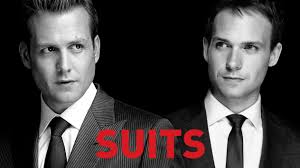
Shortly after the publication of that particular issue, I received a visit from two men in dark suits and ties asking questions about our little company and our other business involvements. They took with them half-a-dozen copies of some back issues for what they menacingly implied might be needed as “evidence”.
We must have checked out OK, because we never heard another word from them again. From that point on however, the magazine tended to stay clear of political controversy. As aspiring radio and TV licensees, we were concerned about jeopardizing our standing with the FCC (Federal Communications Commission).
I once wrote a story under the by-line Felton Pearce. Most of the letters we received from readers of that article were complimentary. However, one came in from a high school English teacher; to which she had attached a heavily marked up copy of the article torn from the magazine. It graded the writer (me) above and below the line, “A” for content and “F” for sentence structure, grammar and punctuation.
“Feldton Pearce” retired immediately.
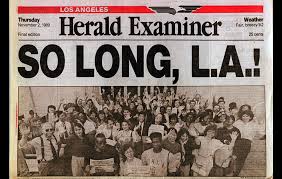
Taking a little more care, I wrote another story under the by-line “Nathan Fry” which dealt with freedom of the press, condemning a group of right-wing politicians who were backing a bill to stomp out what they considered pornography. It was well-received by our liberal-leaning readership and Nathan Fry became almost famous. Surprisingly, shortly thereafter Nathan Fry was retained by the Los Angeles Sunday Examiner, a very conservative Hearst-owned paper, to write a weekly column on radio news, which I did sans compensation, until the paper’s famous labor-strike in the 60s, which cost the paper 50% of its circulation. The “Examiner” never recovered and was folded by Hearst a few years later.

For the most part the magazine tried to publish stories in good taste. There were times, however, when we stretched that pledge a little thin. We aroused the ire of our pet-loving readers when we featured a story called “Love Me Love My Dog” by a screenwriter friend who didn’t care for canine creatures, regardless of their breed.
What I thought as the editor was humorous and quite harmless, unfortunately aroused protests from some of our pet-loving readers. To cite, for example, one sentence that didn’t seem so “terrible” to me at the time: It began… “What was that cute little dog licking before it licked your baby’s face?”
Some readers were irate; we received threats and over fifty cancellations. One of our financial partners suggested we stick to music and art and other less controversial stuff, a request to which I reluctantly acquiesced. I was starting to lose interest in the magazine anyway. It took time away from some of our newer, more interesting and hopefully more rewarding entrepreneurial adventures.
Despite our efforts to broaden our editorial content, we still had to deal with its image as a magazine for Hi-Fi enthusiasts. For advertisers and the agencies who guide them we needed a bell cow, an advertiser with some prestige product or service to lead the way. Finding that bold trailblazer was not easy.
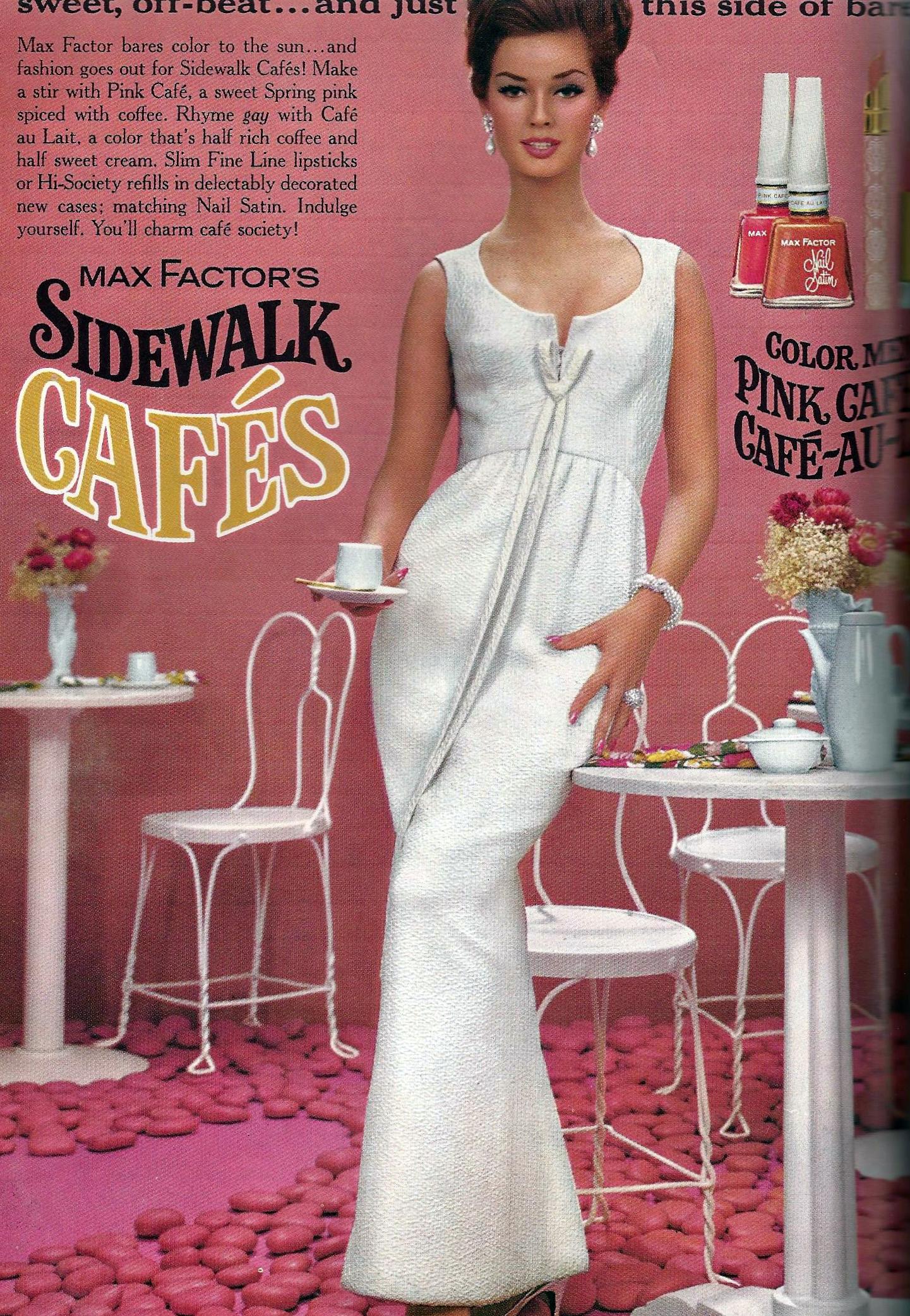
What better way than to run a high-class advertisement in color on our back cover. Coincidentally I just happened to discuss my problem over lunch one day with my friend, Chet Firestein who, like many of my pals, had been receiving complimentary subscriptions since day one. Chet and his brother Alfred ran the Max Factor Company, one of the world’s largest manufacturers of cosmetics and beauty aids. Every major department store in America had a Max Factor counter.
“What if you put a Max Factor ad in full color on your back cover?” suggested Chet. “Would that help?”
“Would it?” I replied. “Are you kidding? It would put us on the map.”
“Now Max Factor wouldn’t be paying for the ad, you understand,” added Chet. “However we would provide your printer with whatever is required to reproduce the ads in color. Max Factor might just be the bell cow you need.”
“Wow,” I thought to myself. “It would give our readership an identity. However, it would mean moving some paying Hi-Fi or record company off the back cover.” I ran the idea by Burt who said, as usual, “Why not?”
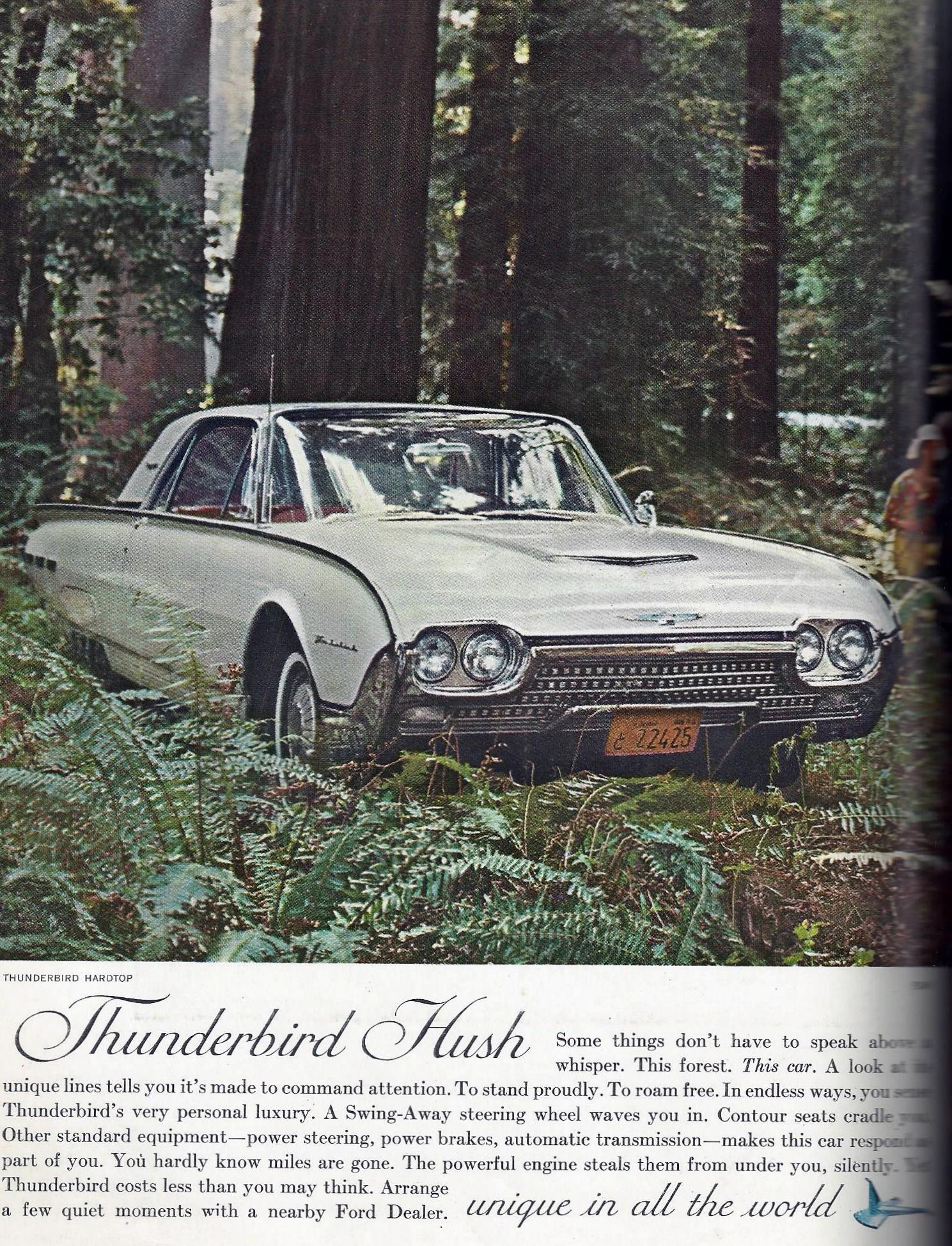
My friend at Max Factor was right; six months later we sold a year’s contract to Ford Thunderbird. We had arrived. Other back and inside covers were sold to such prestige advertisers as Mercedes Benz, Porsche, Chrysler, Jaguar, Eastern Airlines and Air France.
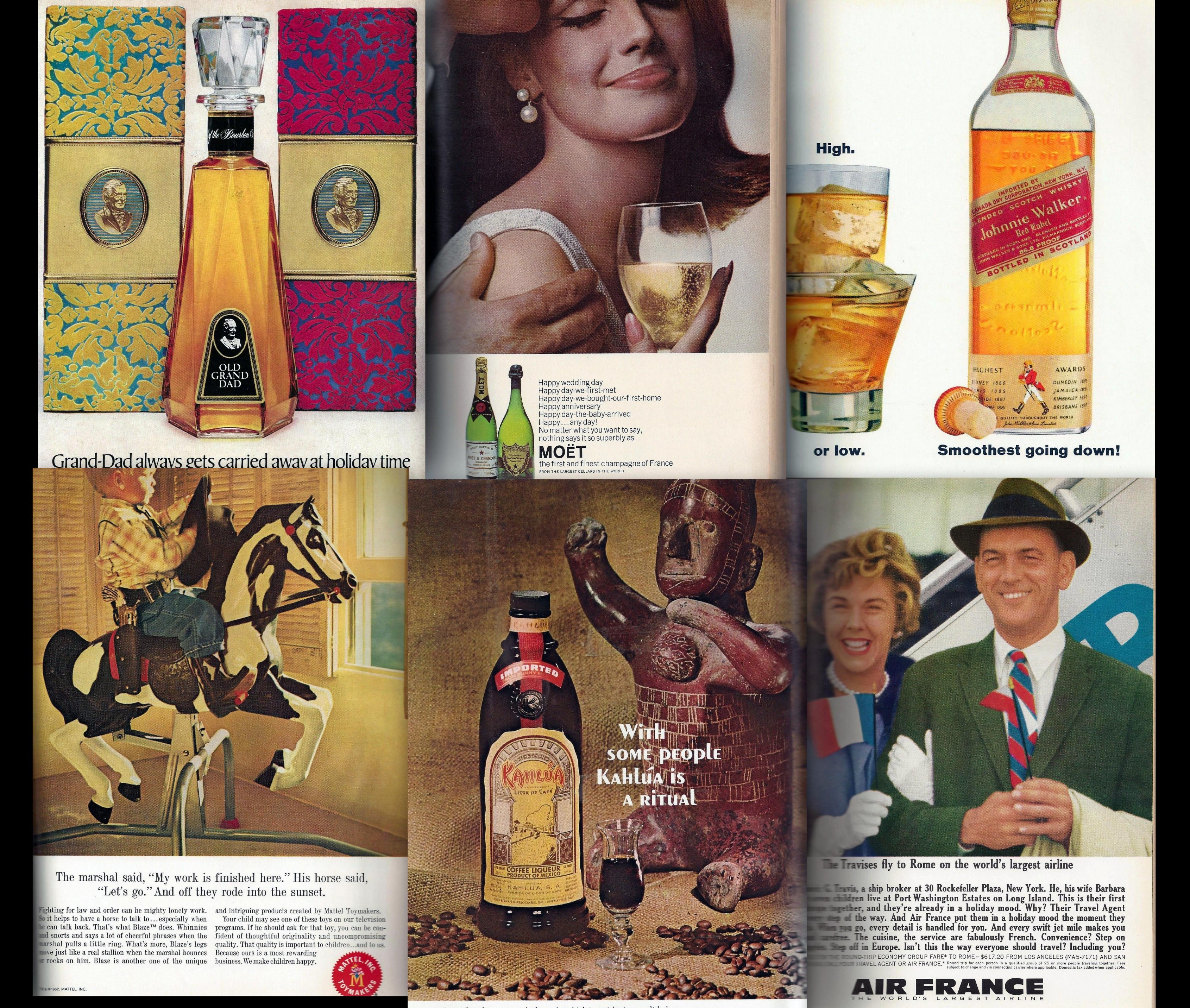
We expanded the magazine’s circulation, and began publishing in the San Francisco and San Diego markets. With these new editions more national advertisers were looking at our demographic. Standard Rate and Data, the Bible for ad agency magazine space buyers, agreed to include FM and Fine Arts’ circulation statistics. Other four color advertisers came on board, including such prestige clients as Rolex Watch, Moet Chandon champagne, Johnny Walker, Kahlua and Old Grand-Dad. They were impressed by the fact that our magazine had a life of thirty days on our affluent readers’ coffee tables.
Of course the magazine’s bread and butter advertisers continued to come from the music, stereo and hi fi industry. Nevertheless, our new broadened image had arrived.
We were HOT. However, we were NOT… “not” making any money that is. When you expand you hire more people, move into bigger offices and wind up with a bottom line that’s moving nowhere.
One day Burt asked me what I thought the magazine was worth.
“Not much,” I replied. “I don’t know where we could take it from here, and I have less and less time to put into it these days.” This considering we were, by then, actively moving into radio, TV and our newest venture, cable television.
“How would you feel about selling it to our staff, the people who are running it?” asked Burt.
“Sounds like a good deal to me,” I said. “What could they pay?”
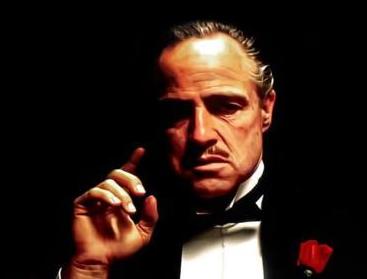
“We’ll make them an offer they can’t refuse,” Burt replied a la Marlon Brando in “The Godfather”.
And that’s what we did. We literally gave it to our top three magazine executives, who raised enough working capital to continue operations and actually expand. They moved into new offices, and changed the magazine’s image as well as its name. It became “Coast” which after several years was acquired by and merged with Los Angeles Magazine.